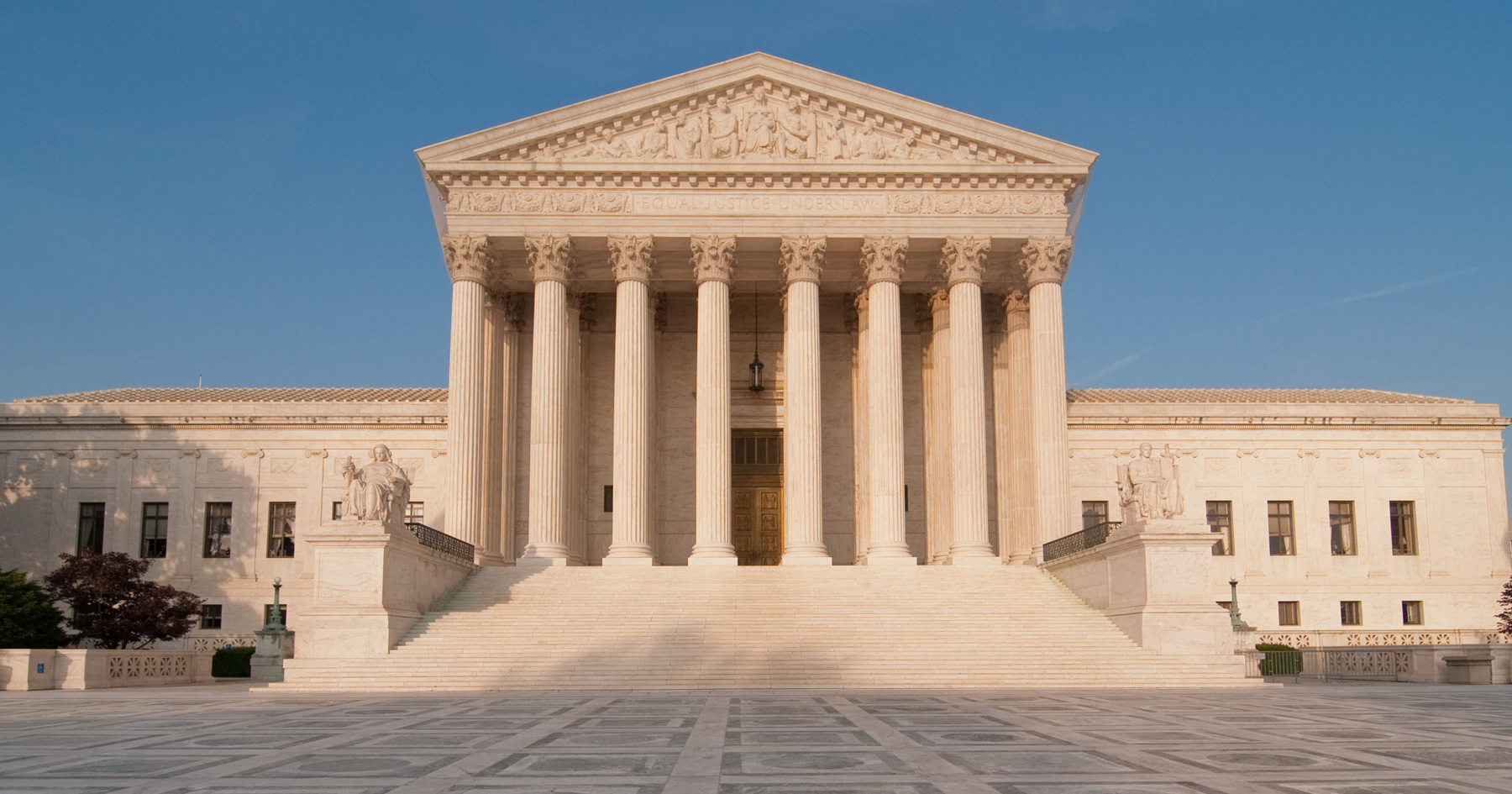Two Supreme Court Cases Could Change Student Debt In a Big Way
By:
Student debtors in dire straits would do well to pay close attention to court cases making their way to the U.S. Supreme Court that could reshape how and when loan debt could be wiped away in cases of bankruptcy. If the the cases make it to the high court, they could clarify earlier rulings and criteria for discharging student debt in cases of bankruptcy.
RELATED: You Can Lose Your Tax Refund if You Have Student Loans
The decision could be a relief to student borrowers unable to escape the weight of hefty loans since student debt is much harder to get rid of than other forms of debt in bankruptcy court. Under current law, established by the court in the 1970s, borrowers can shed education debt only if they can prove paying it off would be an "undue hardship," a distinction that has remained vague, and that has caused clashes between lower courts using different interpretations, according to Bloomberg.
Consideration of the issue by the Supreme Court would mark a rare but timely occurrence given the more than $1.2 trillion collective student debt rain cloud hanging over millions of Americans' heads. Bloomberg reports that outstanding educational debts, which are the largest source of consumer debt next to mortgages, is expected to double within the next decade to $2.5 trillion.
RELATED: Meet the 23-Year Old Google Employee Who Lives in a Truck
Brunner test, and the limits of "undue hardship"
 Flickr/Mark Fischer - flic.kr
Flickr/Mark Fischer - flic.kr
Courts differ in their interpretation of the law, using two gauges to determine if student debt can be erased in bankruptcy. One, called the Brunner test, requires proof that the debtor has tried to pay the loans off, and that continued payments would disallow "minimal" living standards, and lead to a significantly worse quality of life in the future.
RELATED: Paying For College Is Now Harder Than Paying Off A Home
In the first case, the Brunner test is being challenged by a 57-year-old Wisconsin man named Mark Tetzlaff, who has struggled paying back $260,000 in student loan debt. After he was denied loan forgiveness, Tetzlaff is arguing that having to prove his life would be made significantly worse is a bastardization of "undue hardship," and that the standards used in his case are unconstitutional. Tetzlaff filed an appeal to the high court last week, Bloomberg reports.
How courts could reconsider student debt forgiveness
 Flickr/COD Newsroom - flic.kr
Flickr/COD Newsroom - flic.kr
In another similar case that could find its way to the Supreme Court, a 62-year-old man struggling to pay off more than $200,000 in education debt is awaiting which test the courts decide to use. According to MarketWatch, the first circuit courts don't have a precedent for using the Brunner test or the alternative, known as the totality of circumstances, which is generally considered to be less stringent. If the courts use the latter test, the split could catch the high court's attention and prompt them to reconsider student debt forgiveness.
RELATED: These Students Might Be Justified In Walking Away From Their Loans
The details of both cases are thick and a bit wonky, but their potential for change is great.
As MarketWatch notes, if students can more readily shuck nagging loans, the U.S. Department of Education stands to lose the money it was expecting to collect—a fear already on their radar. Few borrowers with education debts opt for the bankruptcy route thanks to a convoluted legal process, but it is yet unclear how a possible Supreme Court case could change that. Considering that one-fourth of student loan borrowers is either in default or struggling to pay loans, there is no real indication that this number will shrink.
Check out more of ATTN:'s student loan debt coverage:
